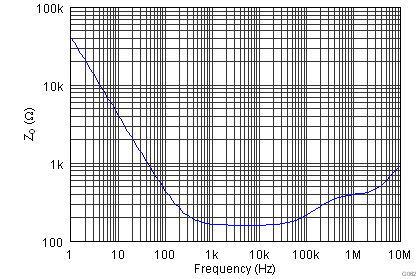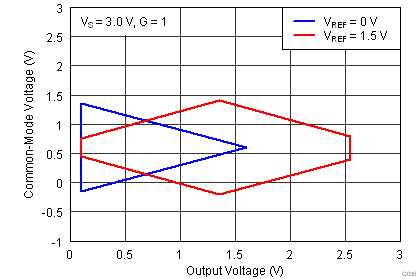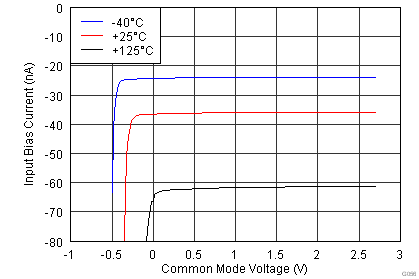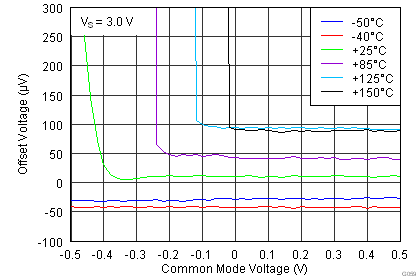SBOS562G August 2011 – June 2020 INA826
PRODUCTION DATA.
- 1 Features
- 2 Applications
- 3 Description
- 4 Revision History
- 5 Device Comparison Table
- 6 Pin Configuration and Functions
- 7 Specifications
-
8 Detailed Description
- 8.1 Overview
- 8.2 Functional Block Diagram
- 8.3 Feature Description
- 8.4 Device Functional Modes
- 9 Application and Implementation
- 10Power Supply Recommendations
- 11Layout
- 12Device and Documentation Support
- 13Mechanical, Packaging, and Orderable Information
Package Options
Mechanical Data (Package|Pins)
Thermal pad, mechanical data (Package|Pins)
- DRG|8
Orderable Information
7.6 Typical Characteristics
at TA = 25°C, VS = ±15 V, RL = 10 kΩ, VREF = 0 V, and G = 1 (unless otherwise noted)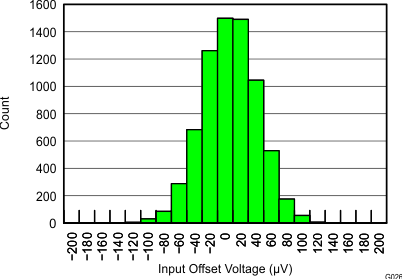
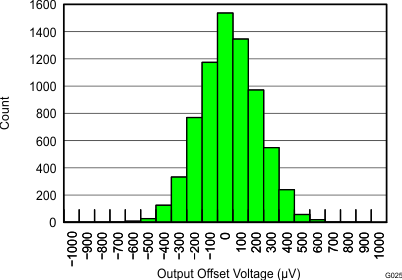
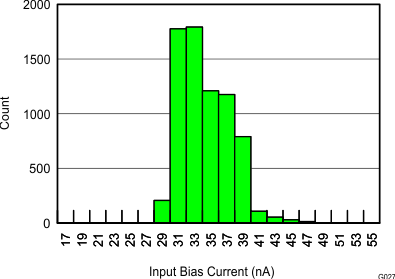
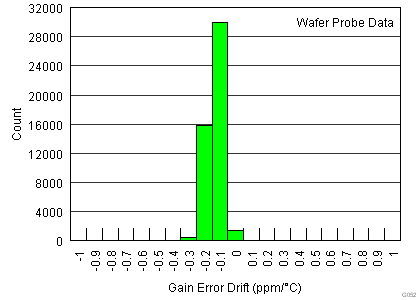
| G = 1 |
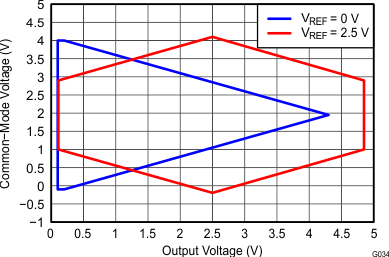
| Single supply |
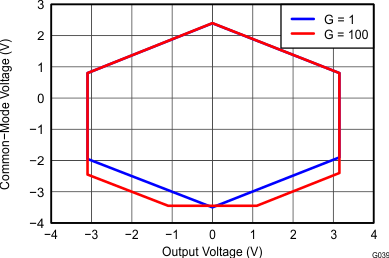
| Dual supply |
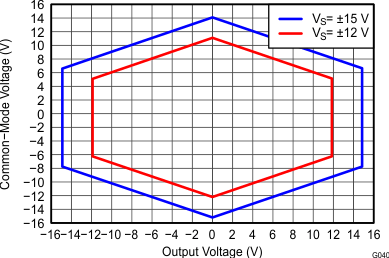
| Dual supply |
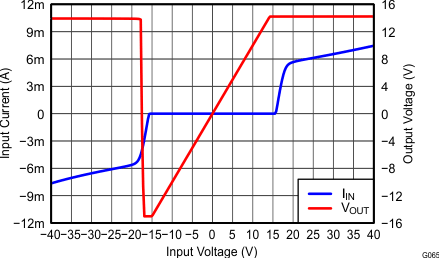
| G = 1 |
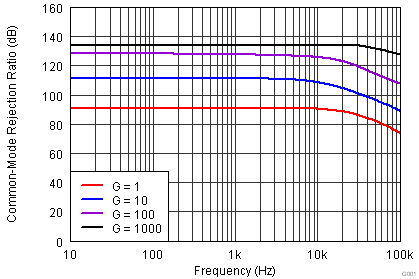


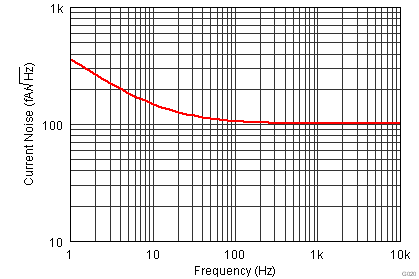
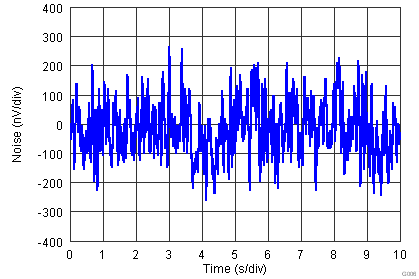
| G = 1000 |
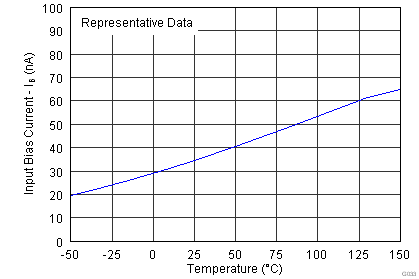
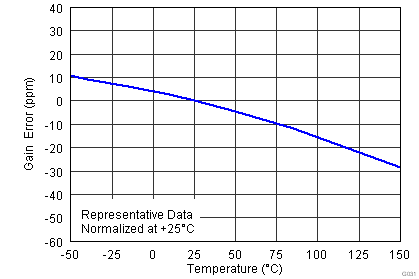
| G = 1 |
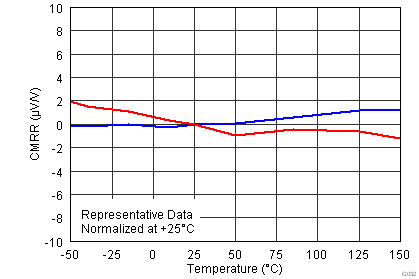
| G = 1 |
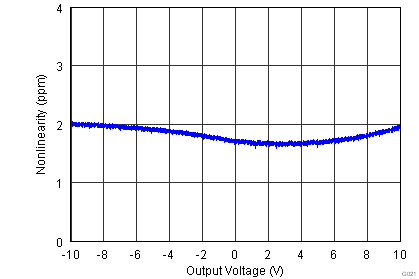
| G = 1 |

| G = 100 |
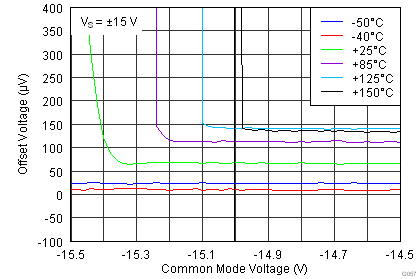
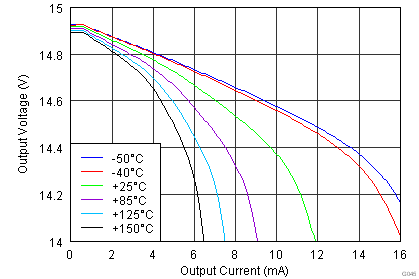
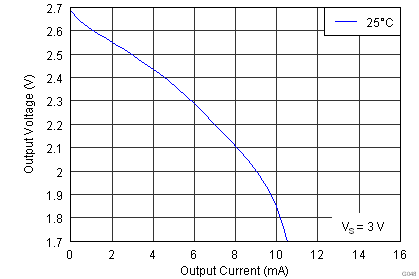
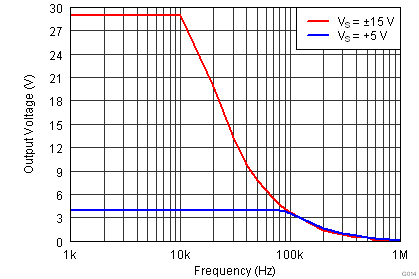
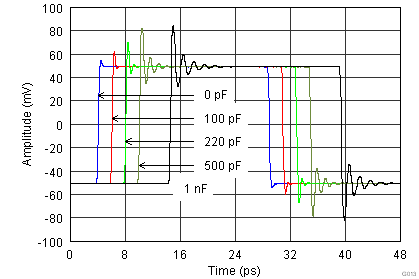
| G = 1 |
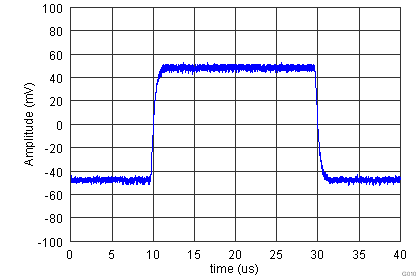
| G = 10, RL = 10 kΩ, CL = 100 pF |
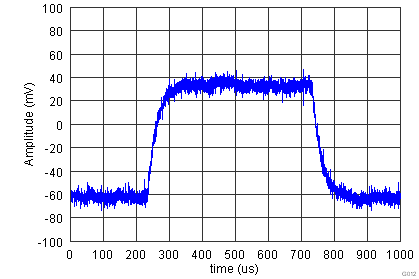
| G = 1000, RL = 10 kΩ, CL = 100 pF |
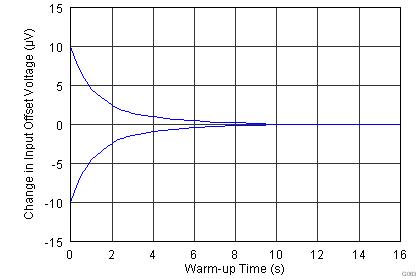
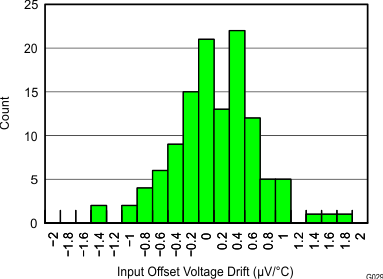
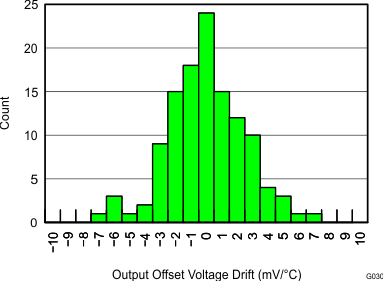
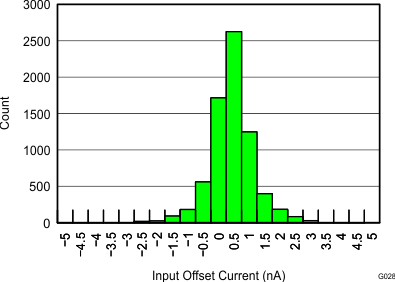
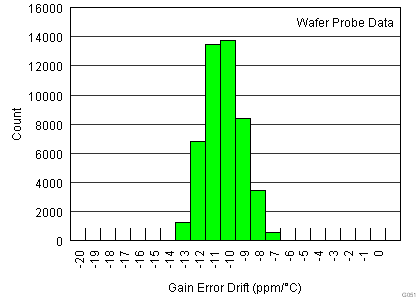
| G > 1 |
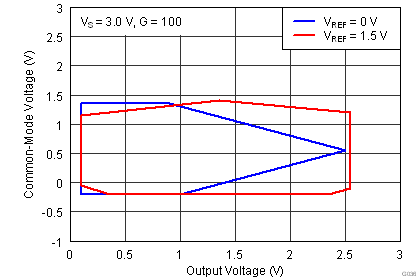
| Single supply |
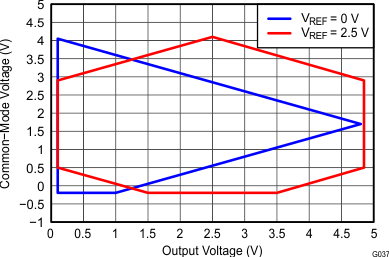
| Single supply |
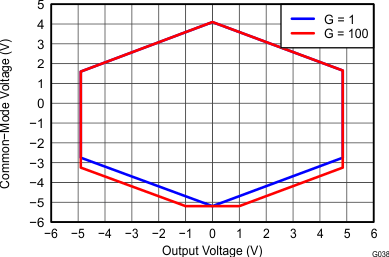
| Dual supply |

| Dual supply |
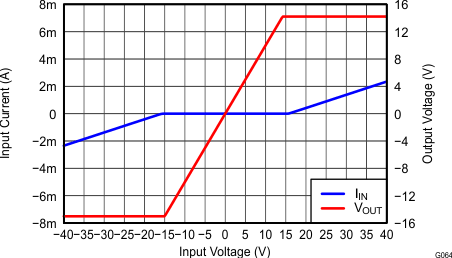
| G = 1 |
With 10-kΩ Resistance
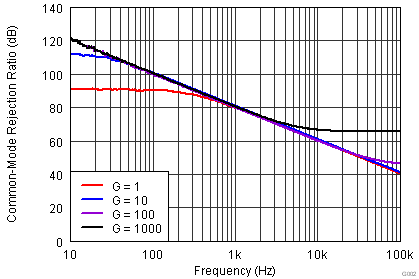
(RTI, 1-kΩ Source Imbalance)
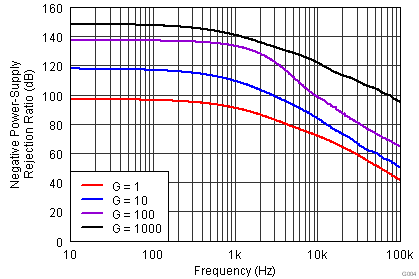
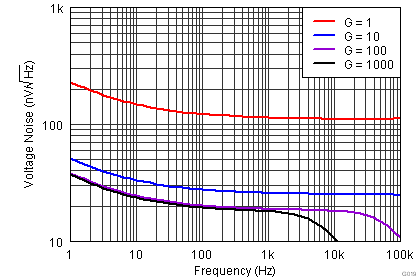
vs Frequency (RTI)
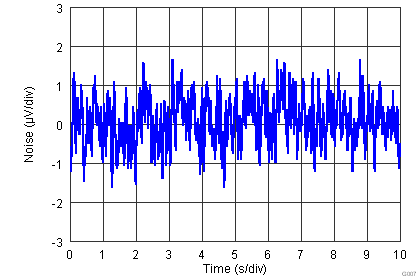
| G = 1 |
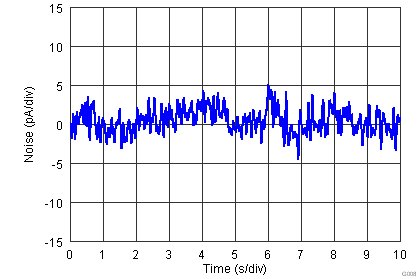
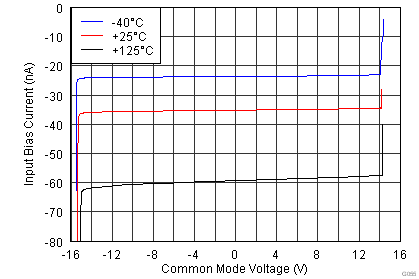
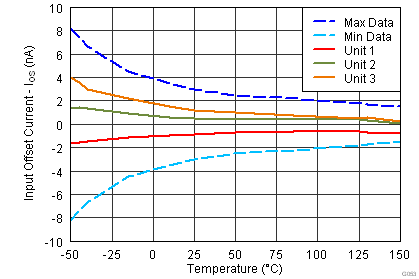
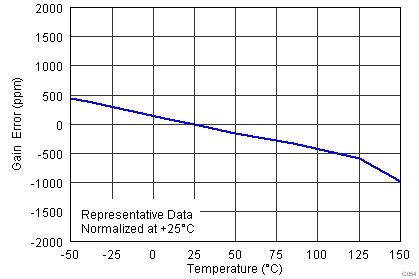
| G > 1 |

| G = 10 |
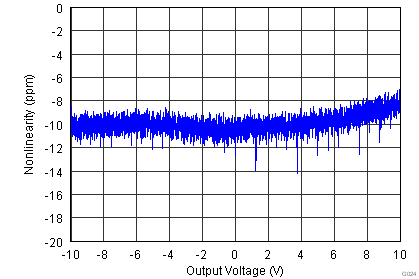
| G = 1000 |
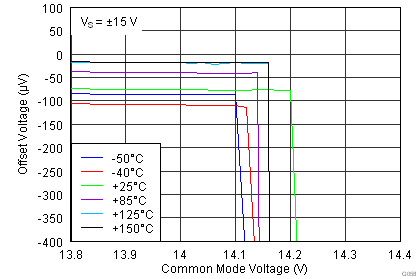
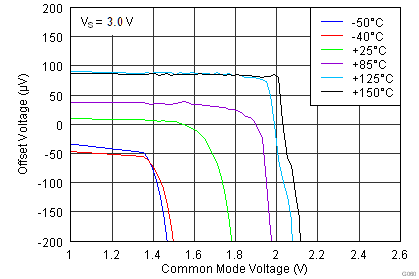

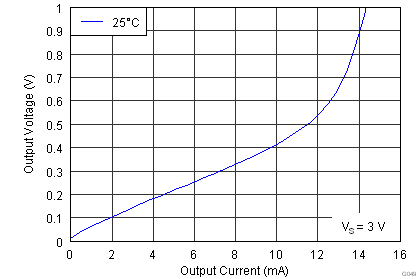
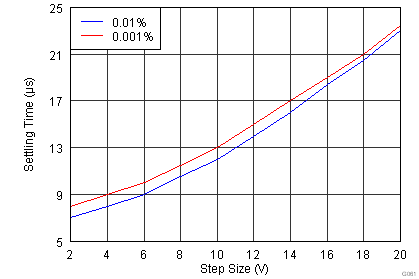
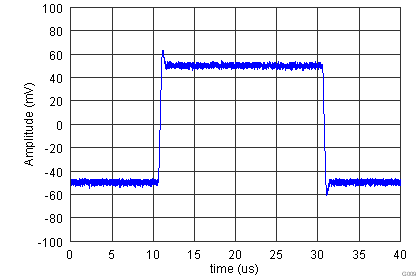
| G = 1, RL = 1 kΩ, CL = 100 pF |
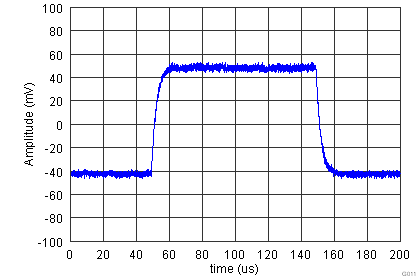
| G = 100, RL = 10 kΩ, CL = 100 pF |
